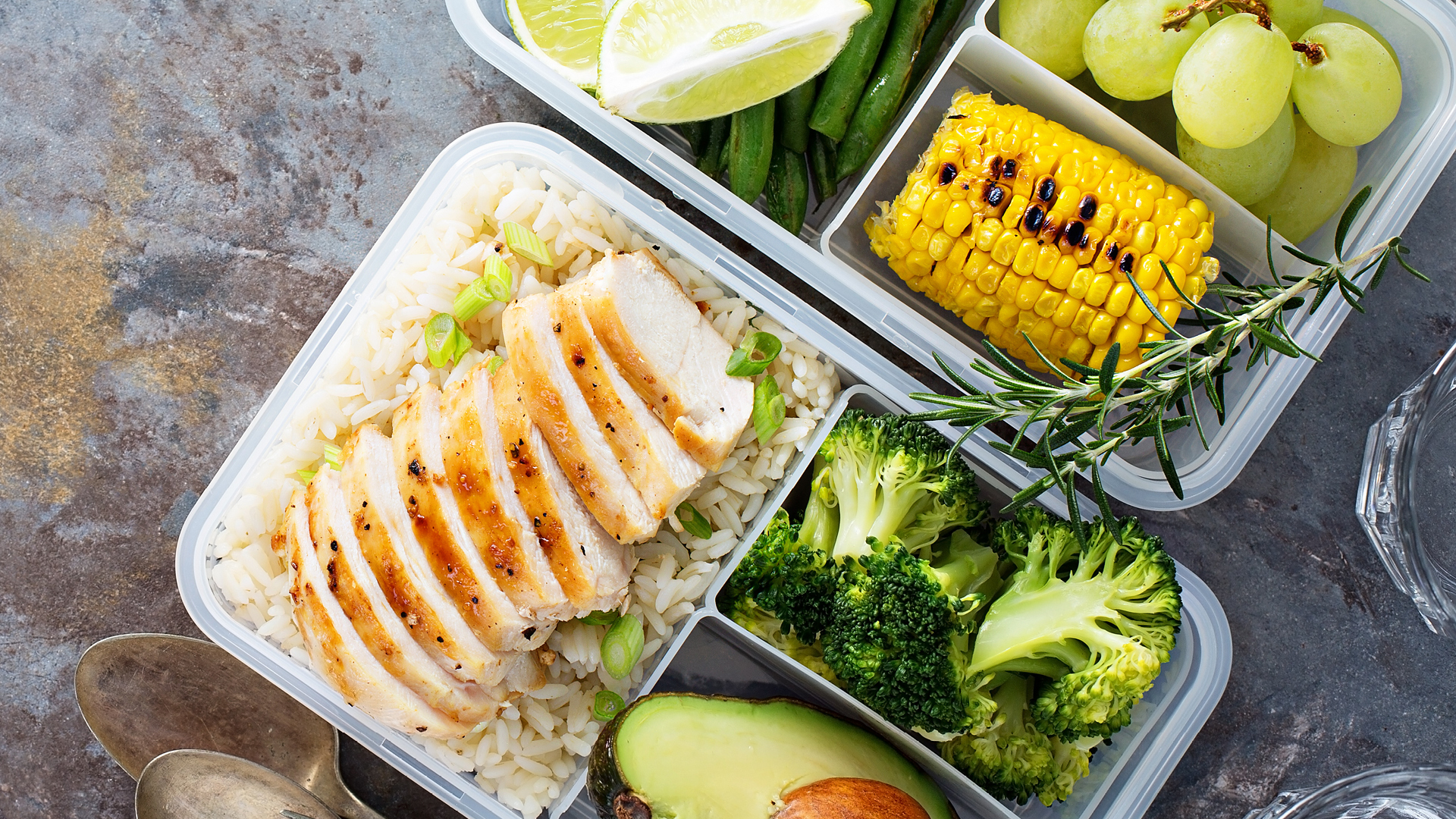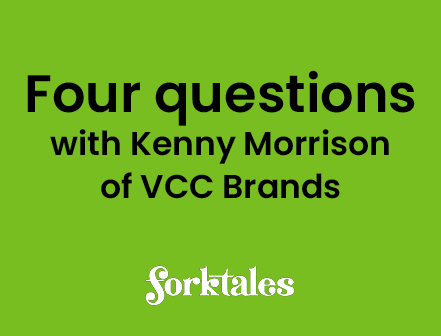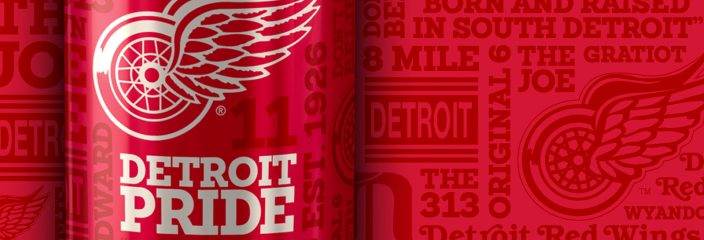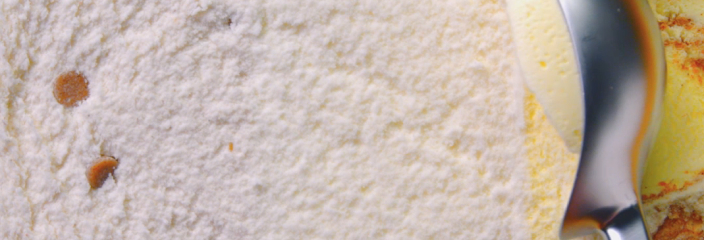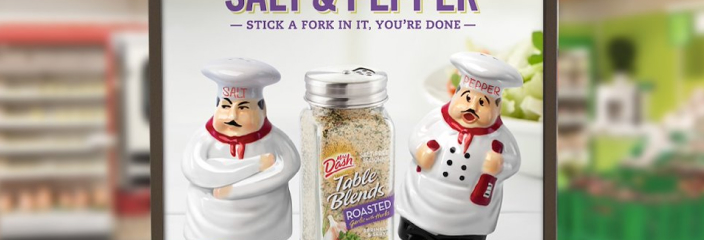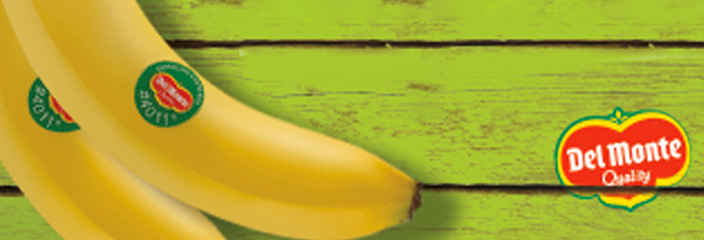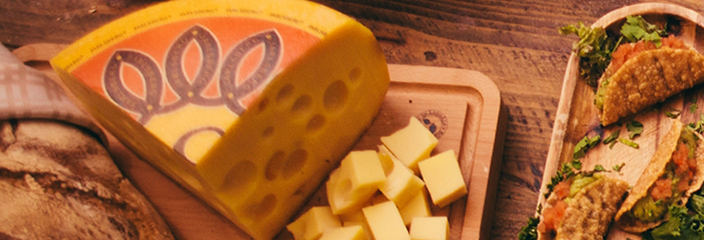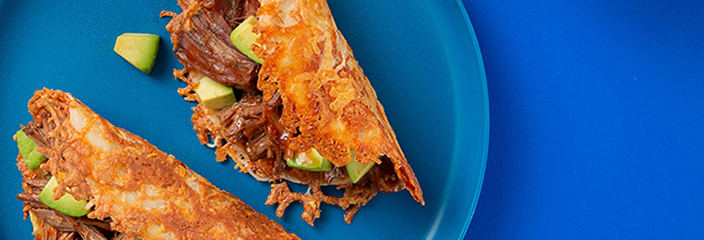The following is a closer look at a trend called Transparency from quench’s 2025 Food & Beverage Trends report. Visit the Trends page on the quench website to request a customized presentation of the report for your brand’s team.
Today’s consumers aren’t just checking labels, they’re scanning for honesty. More than ever, people want to know the full story behind their food. For example, they want to know who grows it, how people make it, and why the process feels good to support. This isn’t a fleeting fad. It’s a foundational shift in how people relate to what they eat and drink.
That means “transparency” isn’t just a buzzword, it’s a demand.
Clean-label ingredients are a given. Consumers expect short, simple ingredient lists they can understand without a degree in food science. But they also want to dig deeper. Was that vanilla extract sourced sustainably? Did that chicken live a decent life before becoming a sandwich? What’s the environmental impact of that almond milk?
Thanks to social media and a growing number of traceability tools, people now have the means (and the motivation) to hold brands accountable. If your sustainability claims don’t hold up under scrutiny, someone will call it out. Quickly.
That’s why authenticity matters more than perfection. This shift is especially resonant with Gen Z and Millennials, who are leading the charge in values-based spending. For them, buying a product is often a vote of confidence in a brand’s ethics. And if your brand can’t show its receipts, they’ll move on to one that can.
NEXT STEPS FOR BRANDS
Brands should invest in real transparency tools. Think scannable QR codes that reveal sourcing stories, partnerships with credible third-party certifiers, and behind-the-scenes content that shows how products are made. Ditch vague claims like “all-natural” in favor of specifics like “organic oats from family-owned farms in the Midwest.” Show the process, own the imperfections, and let your audience see the humans behind the brand.
